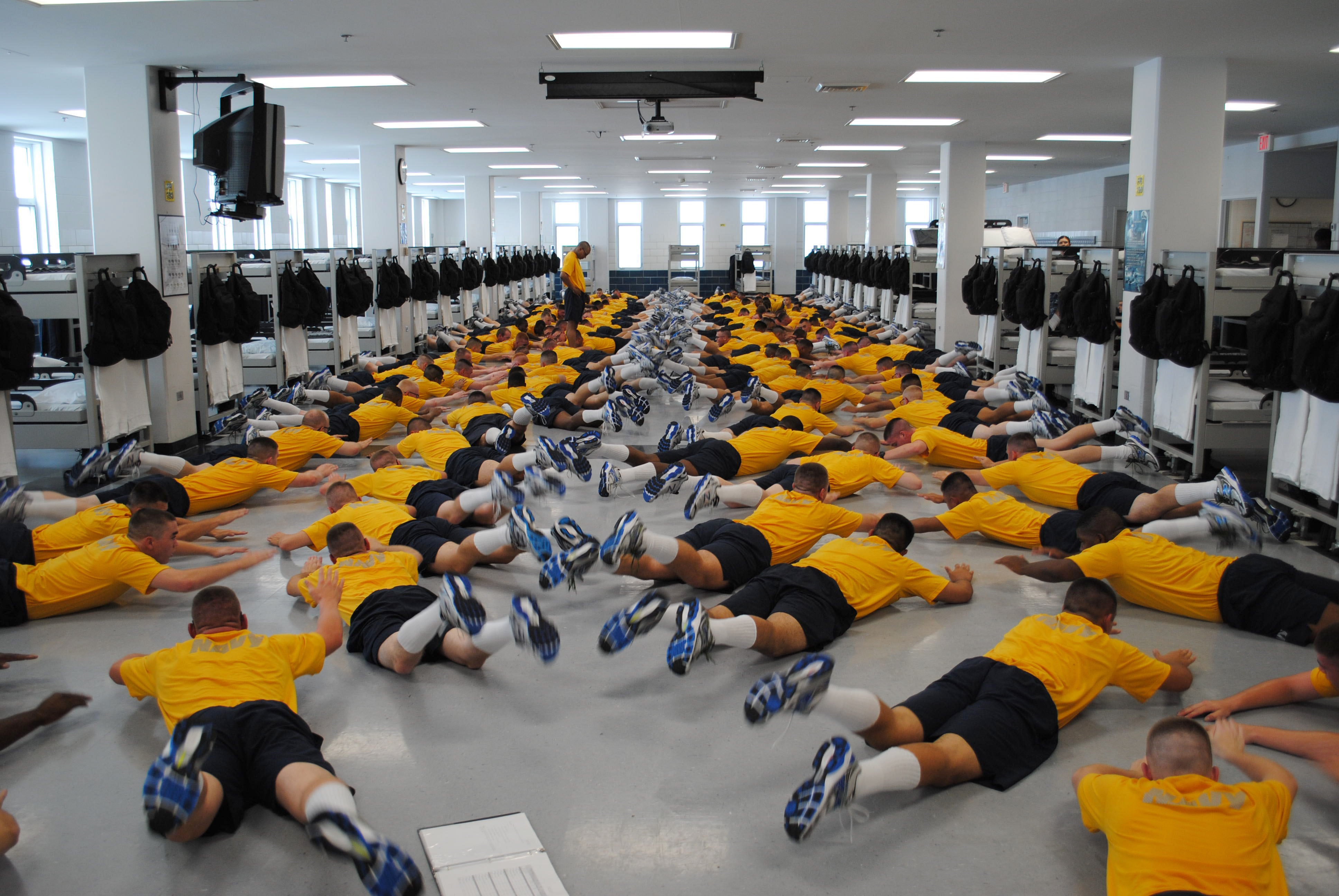The Navy said Friday that it will allow those without a high school diploma to enlist as long as they score a 50 or higher on the Armed Forces Qualification Test that all prospects must take, the latest move to boost recruitment in the face of an historic recruiting crisis reverberating across the services.
Those without a General Educational Development, or GED, credential will also be able to enlist, as long as they hit that test score threshold, according to the Chief of Naval Personnel’s office.
Federal law allows the military to recruit such applicants, and the Navy last allowed those without a diploma to enlist in 2000, according to CNP officials.
To date, the Navy is the only military branch currently seeking to recruit those without a high school diploma or GED as it works to expand the number of eligible candidates to join the service amid an historically challenging recruiting environment.
The Navy said the policy change does not mean the service is lowering its standards, and that these prospective sailors must still qualify for specific ratings based on their Armed Services Vocational Aptitude Battery, or ASVAB, line scores.
“This policy update benefits the Navy by expanding the potential applicant pool of highly qualified and motivated future Sailors who may have been impacted by COVID-19 trends of non-traditional schooling, early exit from high school to support their family, or a variety of other individual circumstances,” the Navy said in a statement Monday announcing the policy.
RELATED

These sailors can also use free academic skills training programs and test preparation courses to help them earn a GED once they are in the service.
“Sailors who enlist under this policy change can achieve personal and professional growth by earning their GED while gaining experience in cutting-edge technologies and learning professional skills that allow them to exceed their expectations while serving in the Navy,” the Navy said.
The policy change “is another pathway of opportunity for previously excluded individuals to serve” and could result in 500 to 2,000 extra sailors signing up each year, according to the sea service.
It’s the latest in a series of initiatives aimed at expanding applicant eligibility after the Navy failed to meet its recruitment goals in fiscal 2023.
For example, the Navy adjusted the maximum enlistment age in November 2022 from 39 to 41, and raised the maximum enlistment bonus to $50,000 in February 2022.
The Navy also now offers a $75,000 maximum enlistment bonus for those entering the nuclear field under a policy announced in June.
The service also created The Future Sailor Preparatory Course, launched in April to help hundreds of prospective recruits meet the Navy’s body-fat entry standards. The program also includes an academic coursework pilot program and training that introduces potential recruits to Navy life.
Additionally, the service adjusted its policy so sailors who scored lower on the Armed Forces Qualification Test, part of the ASVAB, could still enlist. The change allows prospective sailors who score between the 10th and 30th percentile on the AFQT to join if their ASVAB individual line scores are high enough to qualify for a Navy rating.
The Navy announced in October that it fell short of the 37,700 target number accessions for the fiscal 2023, bringing in 30,236 new active-duty sailors. The service also recruited 1,948 Reserve enlisted personnel, a drop from its 3,000 goal.
RELATED

The Navy also missed its officer goals, recruiting only 2,080 new active-duty officers rather than the 2,532 target, and 1,167 Reserve officers rather than the 1,940 target.
However, Navy officials claim that the service still recruited 6,000 more contracts that year than it did in fiscal 2022, and secured a higher number of contracts in December than it has in the past five years.
“We did better in ‘23 than we thought...and we’re going to get better in ‘24,” Chief of Naval Personnel, Vice Adm. Richard Cheeseman, said at the Surface Navy Association’s annual conference this month.
The Navy is shooting to recruit 40,600 new active duty enlisted personnel in fiscal year 2024, plus 7,619 Reserve enlisted personnel. The service is aiming for 2,807 new active duty and 1,785 Reserve officers in 2024.
The Army briefly permitted those without a high school or GED diploma to enlist in 2022, but suspended the program shortly thereafter.





